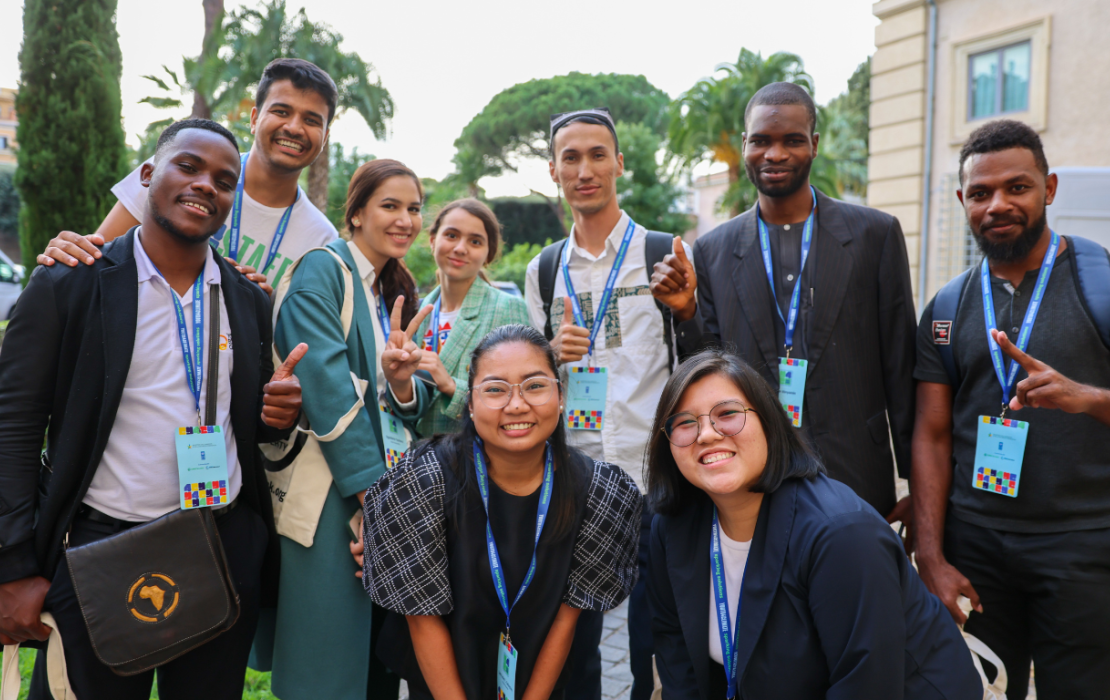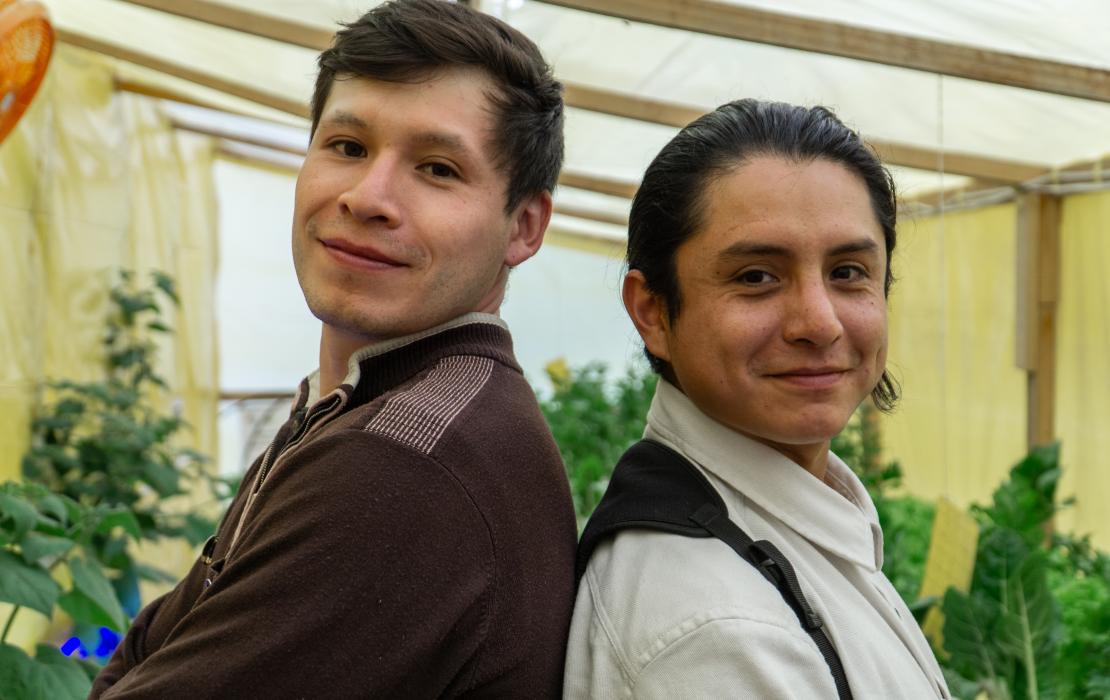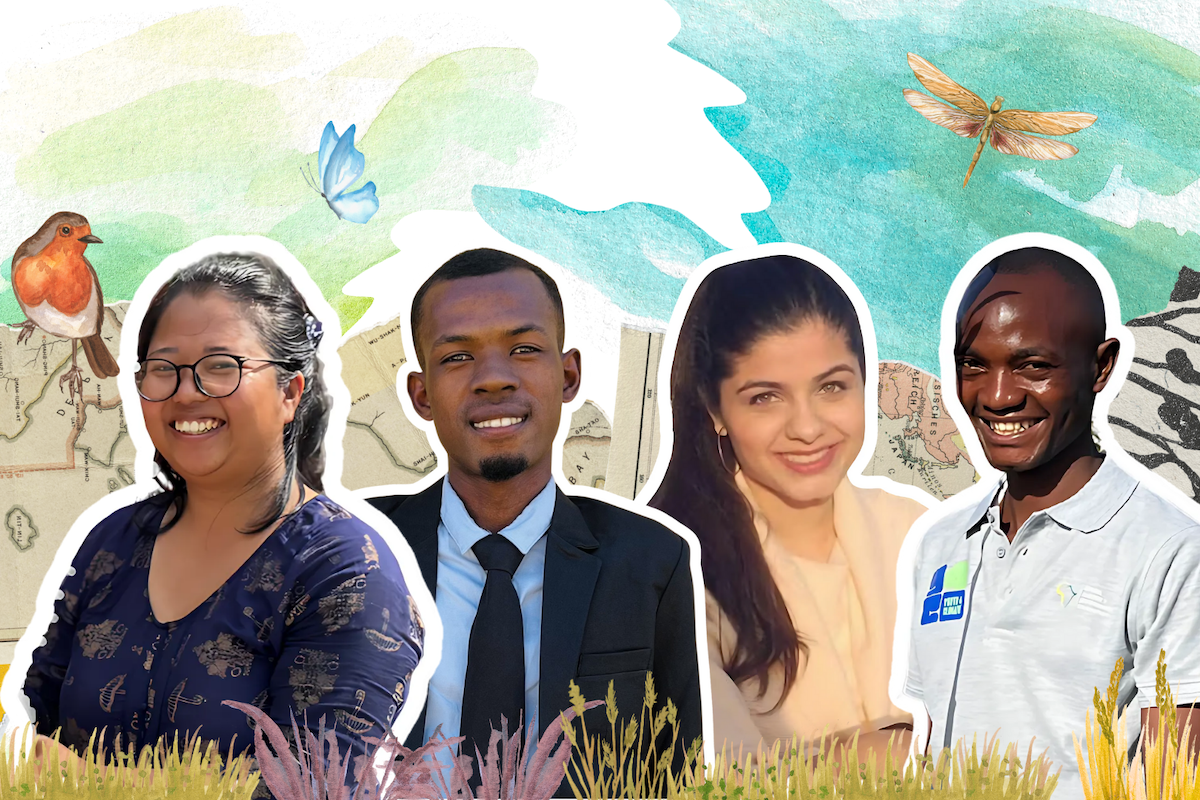
Wetlands are among the planet’s most important ecosystems. Teeming with biodiversity, they act as natural water filters, carbon sinks and buffers against extreme weather. From vast mangrove forests and inland marshes to high-altitude peatlands and coastal seagrass meadows, wetlands play a vital role in sustaining life on Earth.
Yet, they are mostly overlooked and disappearing at an alarming rate. From 1700 to 2000, the world lost around 85 percent of its wetlands, largely due to drainage for agriculture, infrastructure, and other human activities. And the decline is continuing. Since 1970, over 35 percent of the remaining wetlands have disappeared, making them one of the most rapidly vanishing and threatened ecosystems on the planet. According to some assessments, wetlands have been disappearing three times faster than forests. Pollution, unsustainable development, climate change and neglect continue to degrade these fragile ecosystems, threatening the services they provide and the communities that depend on them.
Adopted in 1971, the Ramsar Convention on Wetlands was among the earliest international treaties dedicated to conserving a specific ecosystem. Recognizing the crucial need to conserve and restore wetlands, it aims to halt their loss and promote their wise use through local and national actions, as well as international cooperation.
As the world turns its attention to the upcoming Conference of the Parties of the Ramsar Convention, one thing is clear: young people are not waiting on the sidelines. Around the world, they are driving innovative, community-rooted efforts to protect wetlands – restoring degraded landscapes, championing local knowledge and helping their communities adapt to the climate crisis.
Anu from Nepal, Filantsoa from Madagascar, Maha from Pakistan and Neville from Kenya and are four young people working to protect and restore some of the world’s most vital wetland ecosystems, with support from UNDP’s Youth4Climate.
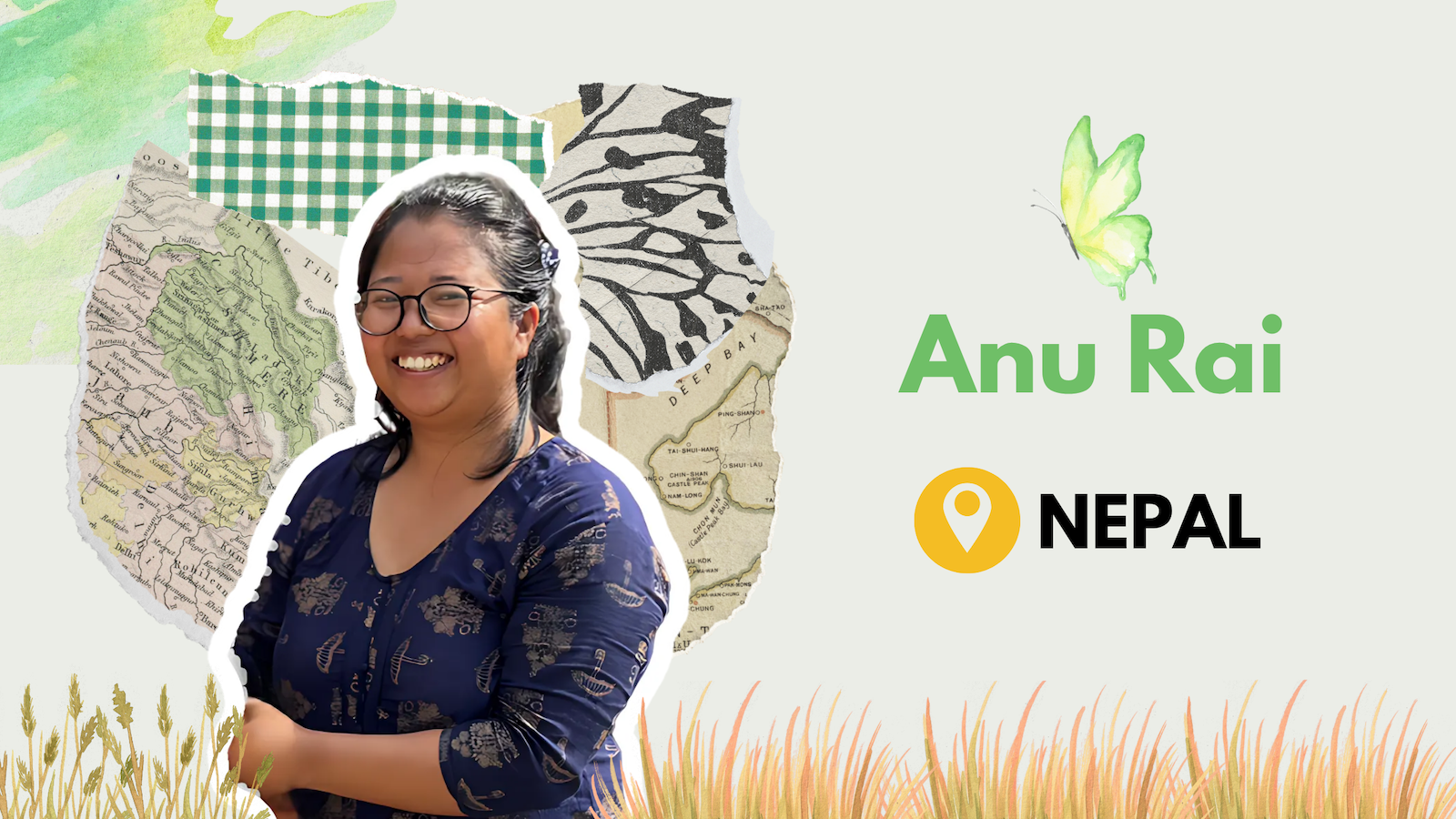
In the Kathmandu Valley of Nepal lies Nagdaha, a wetland steeped in mythology and biodiversity. Home to the Mali community who rely on the lake for agriculture, this natural haven has long been a lifeline for both cultural and ecological sustenance.
But today, Nagdaha faces mounting environmental threats. Rapid urbanization, invasive plant species, agricultural runoff, and poorly managed tourism are damaging its delicate ecosystem. A heavy downpour in September 2024 left parts of the wetland submerged, causing destruction to nearby farmland and facilities, and raising fears about lake outbursts and growing climate vulnerability.
“Young people are deeply connected to the memories of a pristine Nagdaha. But as climate impacts worsen and opportunities shrink, they’re leaving in search of better futures.”
Determined to respond to this crisis, Anu Rai and her team at Sustainability and Environmental Studies Endeavor are reimagining conservation through community storytelling and youth engagement. Their approach combines ecological restoration with cultural revival. On the one hand, they are focusing on removing invasive plant species like water hyacinth that harm the native ecosystems. On the other hand, they turn local legends and environmental memory into tools for awareness and sustainable tourism.
“It’s not enough to remove the invasive plants,” she says. “We need to revive the bond people have with this place. That means honouring both its ecological and cultural roots.”
Anu and her team are using the Youth4Climate platform to expand their work and scale community-led conservation efforts. They are building a future where young people see Nagdaha not as a place to leave behind, but as a landscape worth returning to.
“We’re trying to plant new stories here. Stories where nature, culture and youth aren’t at odds with development – but at the heart of it.”
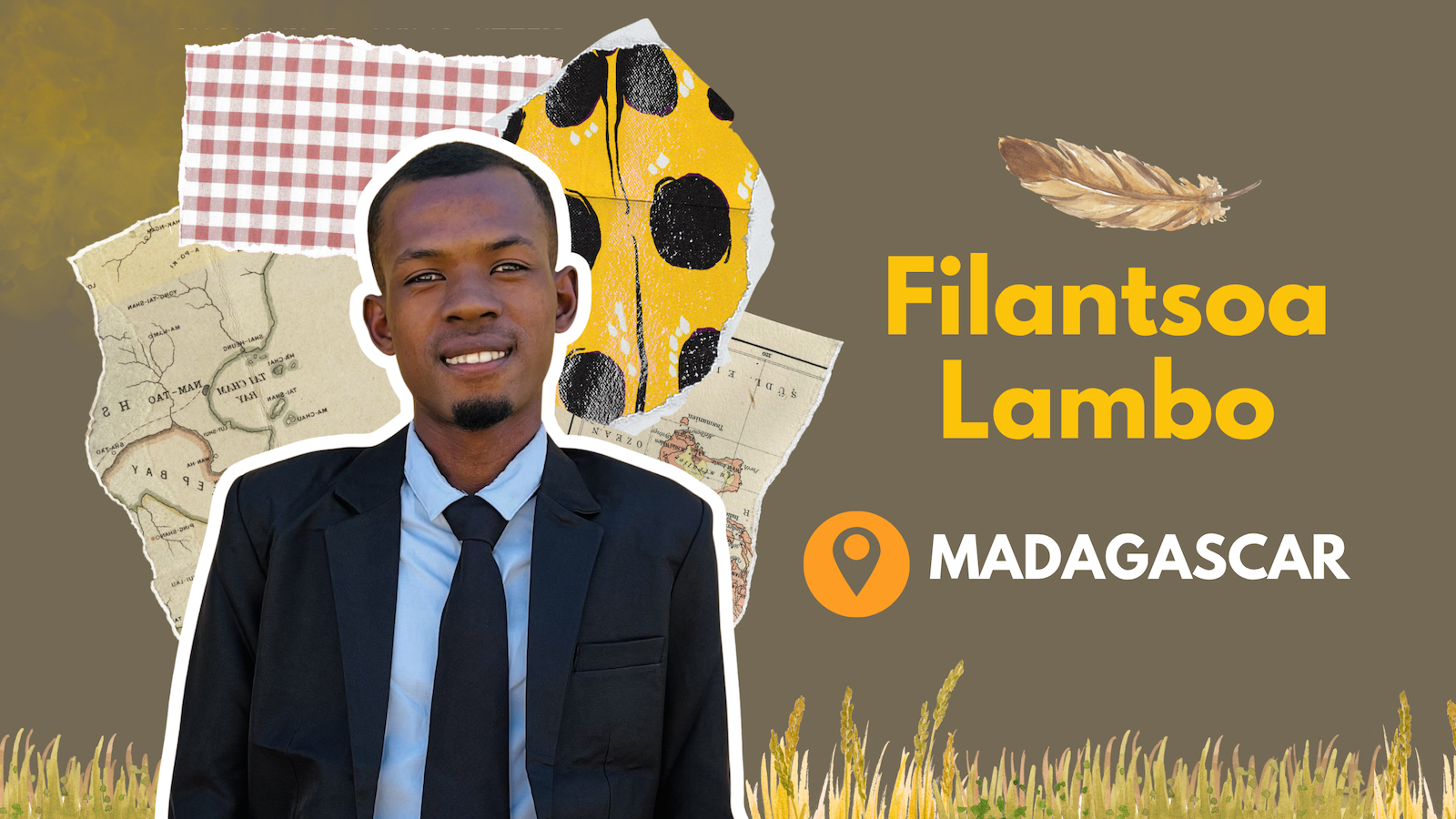
On Madagascar’s southwestern coast, the fishing villages of Betsibarika, Madiorano and Ambalaboy are surrounded by extraordinary biodiversity. Seagrass meadows stretch beneath the surface, serving as nurseries for fish and crustaceans that sustain the local economy and culture.
But these vital marine wetlands are under threat. Rising sea levels, coastal erosion and more frequent storms, combined with the degradation of seagrass habitats, are reducing biodiversity and putting local livelihoods at risk.
Young people and women are especially vulnerable. Many rely directly on fishing and seaweed harvesting for their daily income and food, yet they often have the least access to alternative livelihoods or decision-making power. With fish stocks declining, entire communities are facing food insecurity and deepening poverty.
Filantsoa Lambo, who studied fisheries and marine biodiversity at the University of Toliara, Madagascar, is now the Executive Director of Action for Community and Biodiversity. Thanks to him and his team, a community-led project is restoring degraded seagrass areas, protecting intact meadows and strengthening local awareness.
“We work closely with women, youth and fishers – those who know these waters best.”
The impact is already visible. Seagrass is regrowing, marine life is returning and young people are stepping into leadership roles.
“Wetlands are living treasures that must be defended with determination,” says Filantsoa. “Thousands of lives depend on the health of this precious ecosystem and with young people leading the way, we can restore them.”
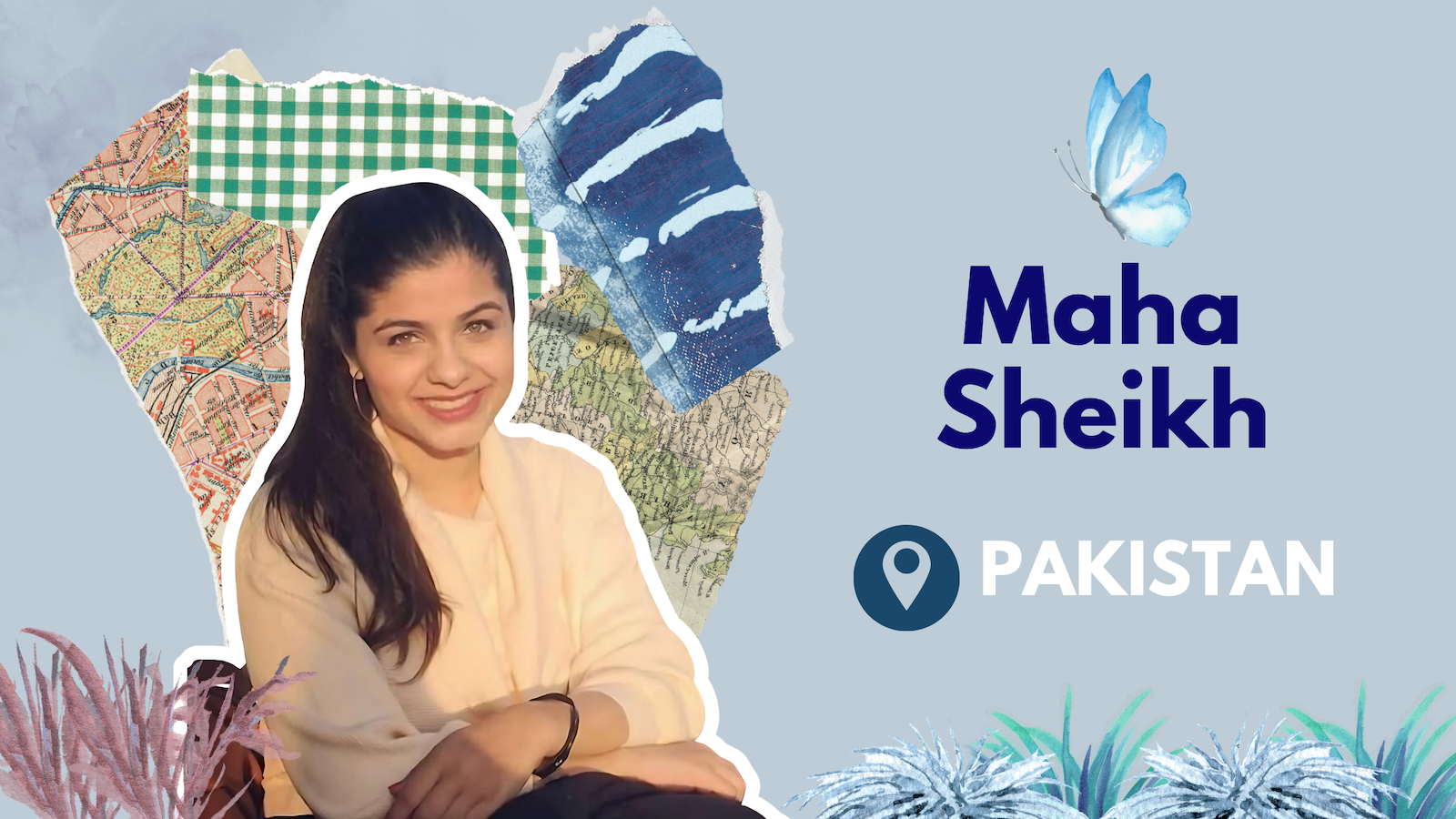
In the rural village of Lohar Jhokiyo, in Sindh’s Thatta District, life is shaped by the land and, increasingly, by its loss. Once known for its fertile soils and strong fishing traditions, this part of southern Pakistan is now on the frontlines of climate change.
“Communities here face drought, salinity and floods all in the same year. It’s devastating for agriculture and for the people whose lives depend on it.”
Maha is an architect whose work bridges design and environmental resilience. Inspired by the floating gardens of Bangladesh and her own thesis on riverbed communities displaced by Pakistan’s record-breaking floods in 2022, she developed a pilot project to test floating agriculture in Sindh, in partnership with Indus Earth Trust and with support from Youth4Climate. Her goal is to build a climate-adaptive livelihood model for year-round farming in regions where land has become unreliable.
Working with local farmers and elders, Maha and her team constructed rafts made from aquatic plants and natural compost, layering them with soil to grow vegetables like okra, papaya, and spinach. These floating farms rise with the water during floods and break down into nutrient-rich compost during dry spells.
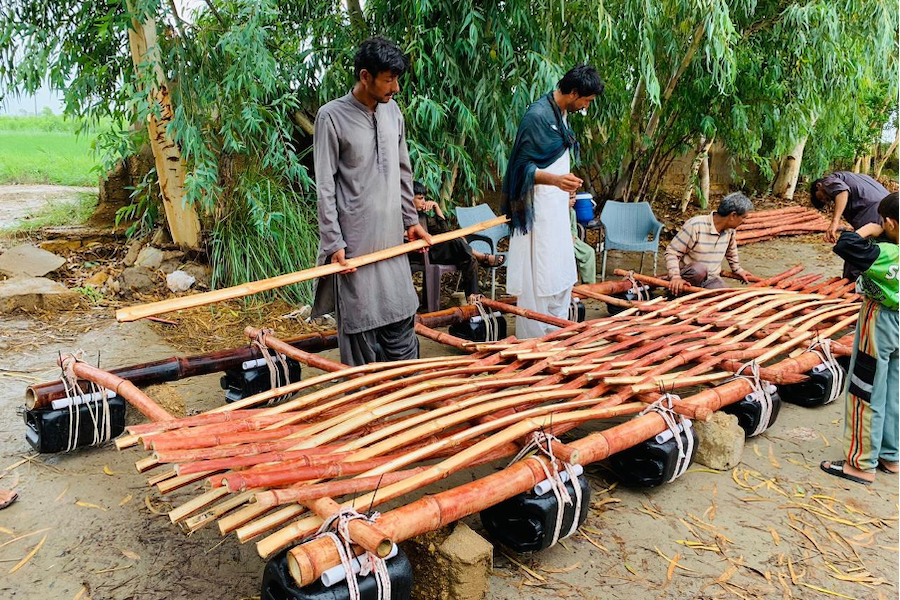
“It’s a flexible, local solution,” she says. “And it’s already shifting how people think about agriculture and waste.”
Beyond crop yields, the project has sparked new curiosity among farmers about sustainable materials and climate adaptation.
“There’s been a mindset shift. People are beginning to see that what they once saw as waste, like crop residue or invasive plants, can become a tool for resilience.”
For Maha, this is the power of youth-led action: grounded in research, rooted in community, and capable of reimagining how we live with wetlands.
“We need a national conversation about why wetland protection matters,” she says. “When people understand that it’s about food, health, and survival, they’ll act. And that gives me hope.”
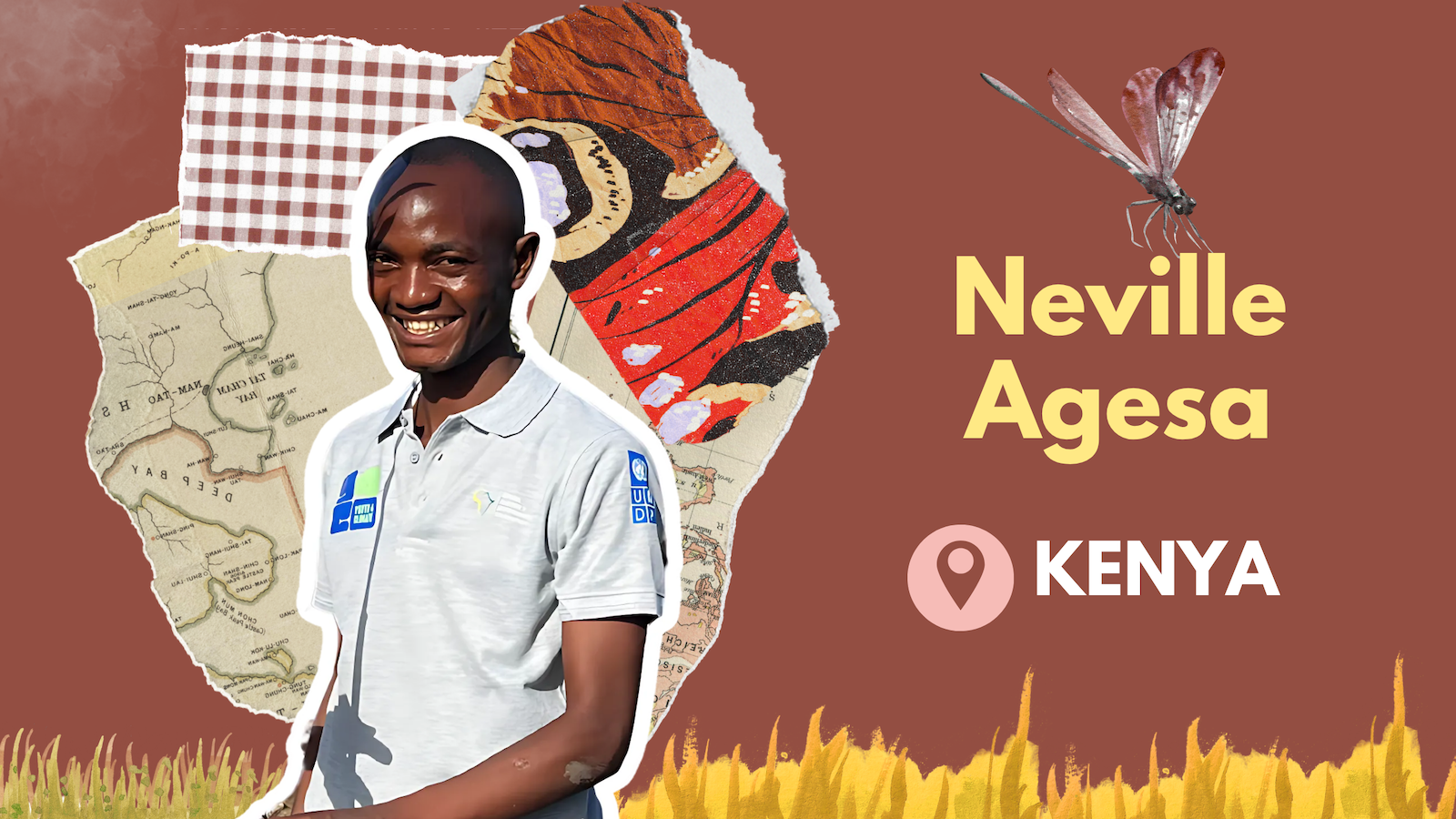
In the Tsunza village on Kenya’s southern coast, wetlands are central to both ecology and livelihoods. Historically isolated and surrounded by the Indian Ocean, Tsunza has long depended on fishing and mangrove forests. But environmental degradation, driven by unsustainable charcoal production, overfishing and oil spills, is threatening these wetlands.
“Mangroves are vital breeding grounds for fish like tilapia, milkfish and prawns. When they disappear, so do the livelihoods of our communities.”
Neville and his team from the Africa Climate and Environment Foundation are working on restoring degraded mangrove areas, promoting sustainable alternatives like mariculture and integrating traditional conservation knowledge. The initiative engages local youth, women, elders and fisherfolk through hands-on activities ranging from planting mangroves to storytelling sessions that preserve cultural ties to the land and sea.
“Youth are at the center of this work. We involve students in practical conservation activities, from environmental education in schools to aquaculture training that creates new livelihood paths.”
The impact is tangible. Communities are gaining new skills, ecosystems are recovering and youth who once faced exclusion are now involved in purposeful environmental action.
“Youth have the energy and ideas to transform their communities,” Neville says. “If you protect a wetland, you’re not just saving a habitat, you’re securing water, food and a future.”
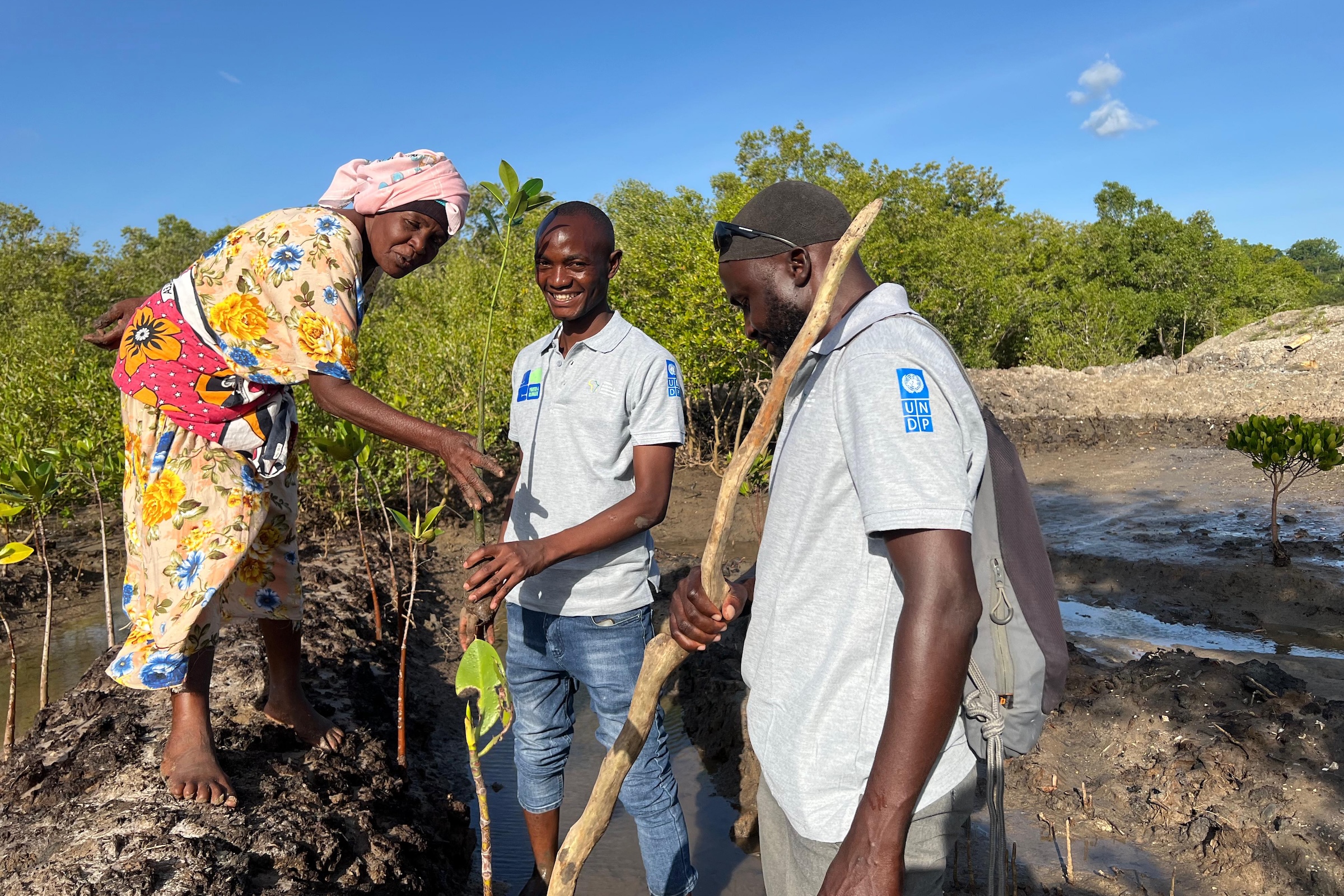
Across continents and coastlines, from urban settlements to remote fishing villages, young people are stepping up to protect and restore the world’s wetlands. Their work is grounded in local knowledge and shaped by lived experience. It connects biodiversity, climate resilience and community prosperity in practical, meaningful ways.
The work that Anu, Maha, Neville and Filantsoa are doing demonstrates that wetlands are more than ecosystems. They are sources of food, identity, culture and security. As the world faces escalating climate and ecological crises, supporting youth-led action will be essential to safeguarding wetlands and strengthening community resilience.
*
Youth4Climate (Y4C) is a global initiative, launched in May 2022, co-led by the Government of Italy and the United Nations Development Programme (UNDP). The initiative has its Secretariat at the UNDP Rome Centre for Climate Action and Energy Transition, and is supported by the Italian Ministry of Environment and Energy Security and the 8x1000 funds of the Italian Buddhist Institute Soka Gakkai.
Y4C brings together existing and new online and offline resources, tools, capacities, partnerships, networks and movements led by and designed for youth, with a strong focus on the implementation of solutions, for a more sustained impact on climate on the ground. It aims to foster an inclusive, safe and enabling environment for youth to lead and partner with other stakeholders on climate action.
For more information about the initiative, visit the Youth4Climate platform.
